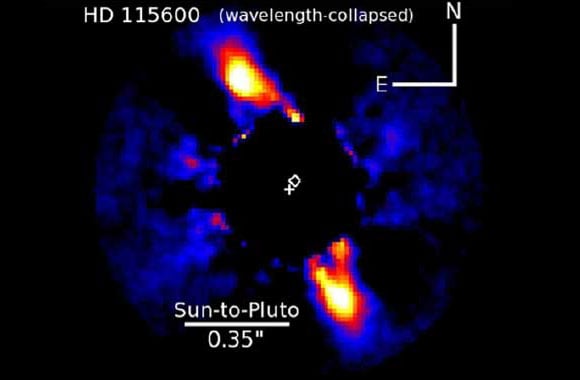
An infrared image of a bright, nearly edge-on dusty debris ring around the star HD115600. The ring resembles the Kuiper belt in our own solar system, the region that contains Pluto as well as thousands of remnants of the earliest stages of icy planet formation. The Sun-Pluto distance is projected onto the image for reference. The center of the disk (diamond) appears slightly offset from the location of the star (plus).
Using the new spectrometer on the Gemini telescope to study a star slightly larger than the Sun, astronomers found that the debris ring is confined to a Kuiper belt–like distance from the star and that its dust has properties consistent with that of the major constituents of Kuiper belt bodies — including water ice.
The Kuiper belt is the region of the solar system situated just beyond Neptune’s orbit, about 40 AU from the Sun (one AU — astronomical unit — is the Earth’s average distance from the Sun). The Kuiper belt is the location of numerous dwarf planets, such as Pluto, and is also home to thousands of remnants of the earliest stages of icy planet formation which provide keys to understanding the early, unevolved solar system. Beyond the Kuiper belt lies the Oort cloud, a spherical cloud of comets and icy planetesimals that extends out to perhaps one hundred thousand AU. Presumably other stellar systems also contain analogs to the Kuiper belt, and they could help shed light on the Kuiper belt’s evolution and composition. Until now, however, the few such rings that have been imaged are unreliable analogs; they are seen around nearby stars whose birth environments are unlike the massive stellar complex where the Sun was probably formed.
The situation has recently changed with the advent of a new generation of astronomical imaging instruments on large telescopes that use adaptive optics to obtain high spatial resolution images. CfA astronomer Scott Kenyon and his colleagues used the new spectrometer on the Gemini telescope to study a star slightly larger than the Sun located about 360 light-years away in a relatively young complex of massive stars, a region roughly analogous to the Sun’s suspected birth environment. The star has a large excess of infrared emission, a clear indication that it hosts a circumstellar dust disk that plausibly is forming a system of planets.
The astronomers imaged the disk, and found that the debris ring is confined to a Kuiper belt–like distance from the star. Moreover, they discovered from the spectrum of its reflected light that its dust has properties consistent with that of the major constituents of Kuiper belt bodies — including water ice. The result provides a promising reference point for understanding the evolution and composition of the Kuiper belt, and for the early evolution of the whole solar system.
Reference: “Direct Imaging and Spectroscopy of a Young Extrasolar Kuiper Belt in the Nearest OB Association” by Thayne Currie, Carey M. Lisse, Marc Kuchner, Nikku Madhusudhan, Scott J. Kenyon, Christian Thalmann, Joseph Carson and John Debes, 26 June 2015, The Astrophysical Journal Letters.
DOI: 10.1088/2041-8205/807/1/L7

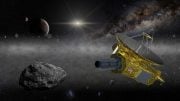
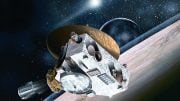
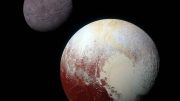
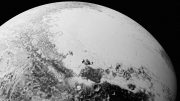
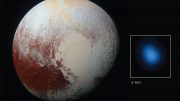
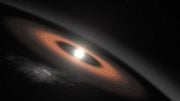
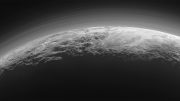
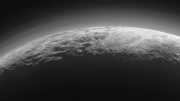
Be the first to comment on "The Direct Imaging and Spectroscopy of a Young Extrasolar Kuiper Belt"